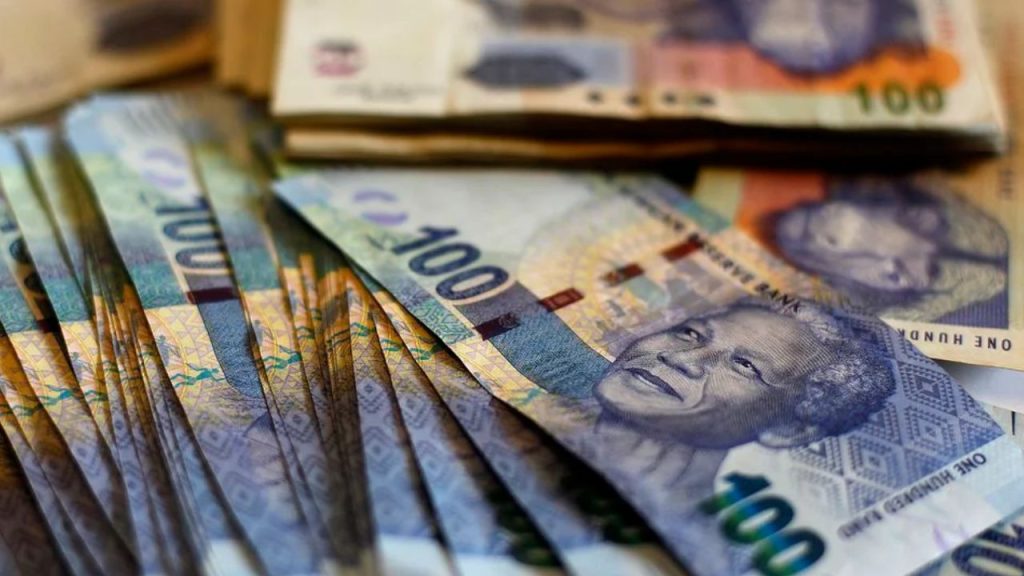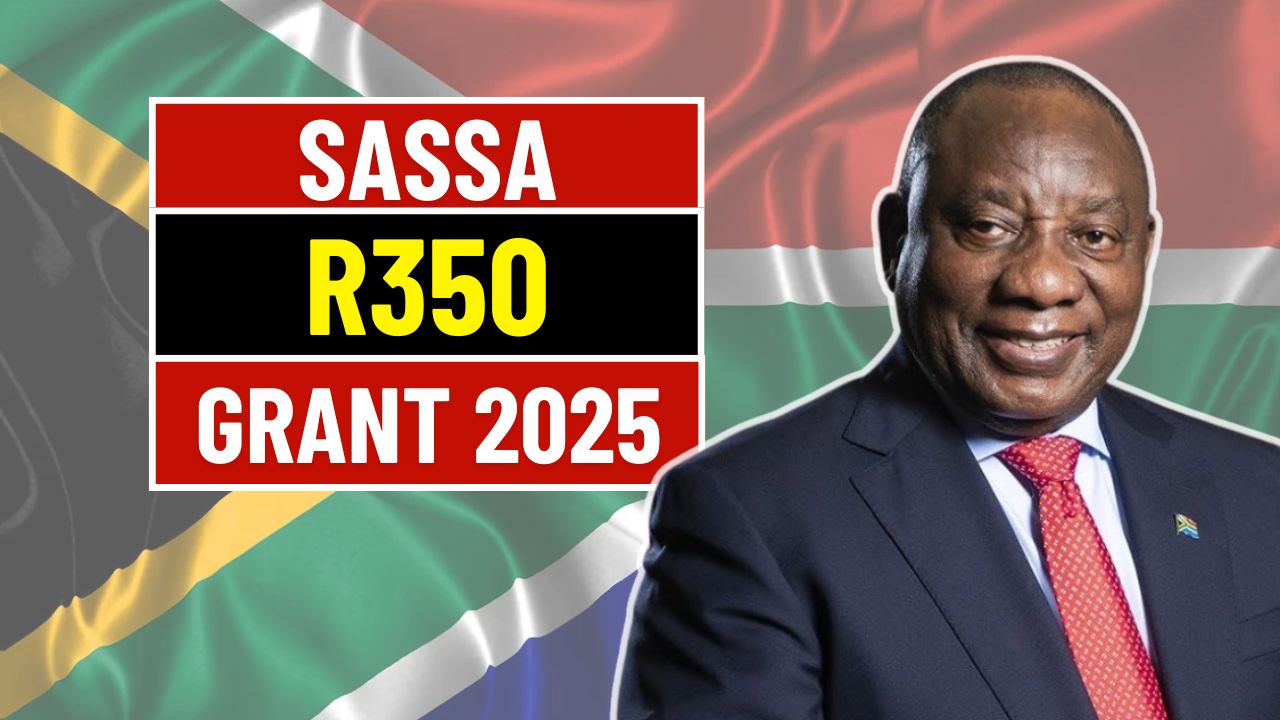In a much-anticipated move, the South African Social Security Agency (SASSA) has officially raised the Social Relief of Distress (SRD) grant from R350 to R400 per month starting June 2025. This decision reflects a critical response to mounting financial pressure faced by millions across the country, especially the unemployed population. While the increase may seem modest, it symbolizes a renewed governmental commitment to social protection amid a tough economic landscape.
Table of Contents
Why the New Grant Amount Marks a Turning Point
Since its launch during the COVID-19 pandemic, the SRD grant has served as a financial safety net for South Africans without any form of income. However, inflation and escalating living costs have eroded the real value of the original R350 payment. The adjustment to R400 marks the first increase in years and serves as a partial response to the growing demand for enhanced support. This decision underscores the urgency to adjust welfare measures in line with South Africa’s evolving socio-economic realities.
New Eligibility Guidelines for the R400 Grant
From June 2025 onward, applicants must meet updated conditions to qualify for the enhanced SRD grant. These include being a South African citizen, permanent resident, or legally recognised refugee or asylum seeker. The applicant must fall within the 18 to 60 age range and must not be receiving any other government support, such as the Unemployment Insurance Fund (UIF), NSFAS bursaries, or existing SASSA grants. Furthermore, the applicant’s income must be below R624 per month. To streamline processing and maintain efficiency, applications will only be accepted through SASSA’s digital platforms.
Where and How to Submit Your Application
Eligible applicants can access the application via SASSA’s official website, the agency’s WhatsApp line, or the mobile app. This digital-first approach reduces administrative bottlenecks while ensuring broader accessibility. Applicants are advised to verify their personal details before submission, including their identity number, banking information, and contact details, to avoid delays or errors in processing.
Grant Disbursement Timeline for June 2025

To ensure efficient distribution and avoid overloading the payment infrastructure, SASSA has implemented a phased weekly payout structure for June. Payments will begin from June 3rd and continue through June 28th. The first week will see direct deposits via banks and Postbank. In the second week, retail outlets such as Shoprite, Boxer, and Checkers will handle disbursements. The third week is reserved for mobile services like CashSend, while the final week will cover appeals and backlogged cases. Beneficiaries will be notified via SMS when their funds are processed.
Social and Economic Significance of the Increase
Though the R50 rise might appear marginal, its significance is far-reaching. With youth unemployment and national joblessness still alarmingly high, even a small increase in social relief can bring momentary relief to those living below the poverty line. The adjustment also aligns partially with inflation and strengthens the public’s voice, as civil society had long advocated for an increase to meet the food poverty threshold of R624. This move may also contribute to policy momentum around implementing a more permanent Basic Income Grant in the future.
Navigating Rejections and the Appeals Process
Applicants who are denied the grant still have the opportunity to appeal. The window to lodge an appeal is 30 days from the date of rejection. Common reasons for disqualification include outdated income records, duplicate applications, or incorrect personal data. SASSA has upgraded its appeals platform to enhance transparency and processing speeds. This improvement aims to ensure that deserving candidates receive assistance without undue administrative obstacles.
Looking Beyond the Numbers
The SRD grant’s elevation to R400 marks more than just a financial transaction; it signifies hope for millions who rely on this income to survive. In a time of economic volatility, this change is a step in the right direction one that recognises the growing pressures faced by South Africa’s most vulnerable. With better eligibility management, weekly payment cycles, and a strengthened appeals process, the SRD grant is becoming a more responsive and impactful mechanism in the country’s broader fight against poverty and inequality.

